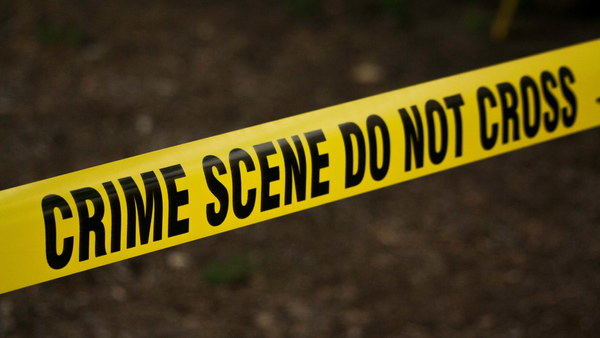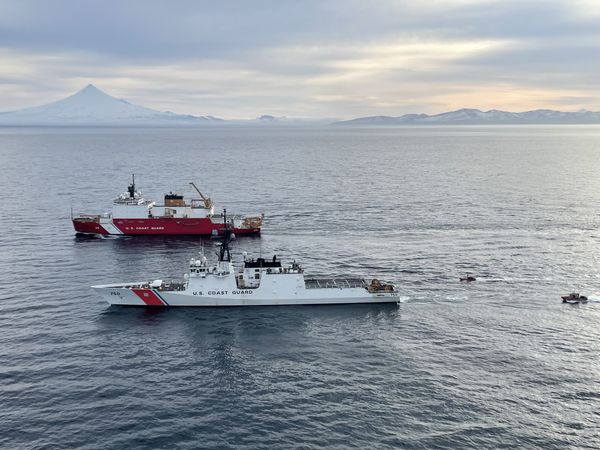
Glenda Humes bursts with pride for her father. “Dad fought for kin, for family and for country,” she says. Capt Reginald Walter Saunders, one of most distinguished Indigenous servicemen, served in the Middle East, Greece and Japan, as well as New Guinea and Korea.
Saunders fought at the Battle of 42nd Street in Crete, leading a bayonet charge against Nazi German forces. He and several fellow soldiers were then stranded after being left behind while the rest of their surviving battalion was evacuated.
He managed to evade enemy forces for nearly 12 months, with the help of Cretan villagers. Others in his battalion who surrendered became prisoners of war.
“He dodged bullets, climbed out of windows,” Humes says. “They hid him away in a church, fed him, he learned Greek. I thank them every day for giving him the chance to live and become who he became.
“Dad also used his bush skills to survive. He had a New Zealander and another Australian with him and they were able to all survive the war.”
Saunders went on to fight in Korea. Then a lieutenant, he was quickly promoted to captain after leading 100 men at the Battle of Kapyong.
Korea is often seen as a “forgotten war”, according to Michael Kelly, an historian at the Australian War Memorial, and the history of Indigenous service in the country is still being uncovered.
Seventy years after the Korean armistice agreement, new research by the War Memorial has uncovered 60 more Indigenous servicemen who fought in Korea.
“It’s so important that their service is recognised,” the War Memorial’s Indigenous liaison officer, Michael Bell, says. “Due to the social and political pressures that were around in the day, our men didn’t get the recognition that was due to them.”

Previously it was thought only a handful of Indigenous servicemen fought in the conflict from 1950 to 1953.
“We thought we’d had five Aboriginal and Torres Strait Islander soldiers identified but with this work, we’ve now taken that list to over 65 and the work is ongoing,” Bell says.
Bell, a Ngunnawal and Gomeroi man, says he expects the numbers to grow as more records are confirmed and as families come forward with stories of their own relatives’ service.
“We estimate there will be about 80 Aboriginal men all told as this story gets out to the community.”
Bell says some families hid their Aboriginality for fear of “stigmatisation” and because of draconian government policies during that era.
“We’re putting people on their learning journey about why some of our soldiers had to hide their heritage. Of course many others didn’t have that choice, but they still served,” he says.
One of the most difficult experiences for returned servicemen was the disappearance of the camaraderie, dignity and equality they experienced during their service, Bell says.
“[There was] the juxtaposition of being needed and wanted to serve but then being discarded when you come back into an unequal society,” he says. “The men were fighting for rights that they weren’t entitled to themselves as soldiers.”
It was something that Humes saw in her own family.
Saunders, a Gunditjmara man, had thrived in the military and went on to be selected for officer training at the same time basic human rights and dignities were denied to his people.
Despite his rank and distinguished service in two conflicts, Saunders struggled to provide for his family when he returned.
“He worked as a wharfie, a tram conductor. He’d often be racially abused. We didn’t have good housing. It was really quite difficult for him to make a living after the war,” Humes says.
She saw a change after the 1967 referendum when Indigenous people were counted for the first time in the census and new opportunities opened up for Indigenous families like hers.
“The government had to start listening to what Aboriginal people needed. They started to employ Aboriginal people to do that work and Dad was one of them. It was a good-paying, permanent job for him,” Humes says.







